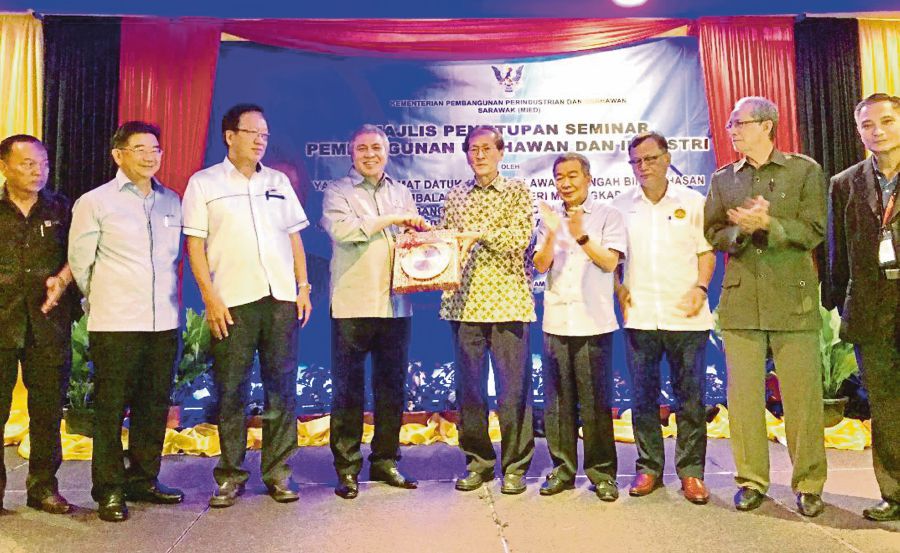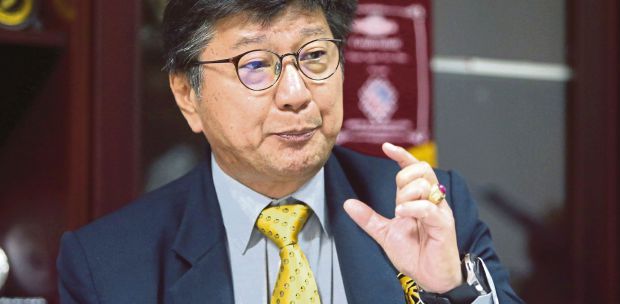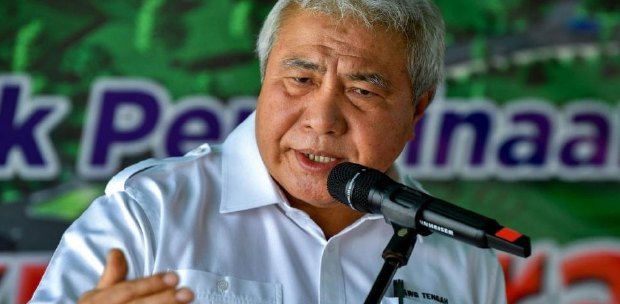THE state government will continue to pay special attention in supporting the development of the shipping industry in Sarawak.
Deputy Chief Minister Datuk Awang Tengah Ali Hassan said the government had introduced a slew of initiatives to support shipbuilding, overhaul and other industry-related activities.
He said the initiatives had produced positive results, as reflected in the number of state shipping companies.
“The country’s shipping industry is now dominated by industry players from Sarawak.
“There are about 100 local shipping companies of which 68 are from Sarawak and with a majority of them based here.
Awang Tengah said Sarawak produced high quality products such as barges, tugboats, passenger and cargo ships.
“The quality craftsmanship has helped them to penetrate markets in the Middle East, the United States, Australia and Africa,” he said during the closing ceremony of a seminar organised by Sibu Chinese Chamber of Commerce and Industry (SCCCI) and Sibu Shipyard Association here on Wednesday.
Awang Tengah said the government had approved infrastructure upgrading and expansion projects for Rantau Panjang Industrial Estate to accommodate the industry.
He said state agencies had helped to promote the industry by participating in international exhibitions to woo potential investors.
“Recently, my ministry was on
a trade mission to United
Arab Emirates (UAE) where Sarawak shipping players were given the chance to meet with UAE buyers.
“As a result, three UAE buyers visited Sibu to see the shipyard,” he said.
Last year, the state industry posted exports worth US$29 million (RM122.45 million), compared with US$28 million in 2015.





